Postage stamps are proof of pre-paying fee for the postal services. It is a small gummed rectangular paper that is attached to an envelope, packages, post cards, lettercards, aerogramme, newspaper wrappers, etc. Postage stamps stand for the proof that sender has partly or fully paid the delivery of the letter.
Postage stamps are normally made from printing press. Most stamps are made from paper. However, there are several countries which prefer making postage stamp out of different materials like plastic, wood, synthetic chemicals, etc. At the same time, because they are made from different materials, they are also made from different printing methods and materials.
Postage stamp printing process
Stamps are printed by a number of various processes. It is important to recognize their different striking characteristics.
Most stamps made before 1970’s were recess-printed from steel or copper plates. A process sometimes called as intaglio. These stamps can be recognized by slight ridges that result from the paper being forced under great pressure into the recesses of the plate.
The opposite process is relief-printing or letterpress, often called typography by philatelists. The lines of the design on the plate are raised. Ink is rolled across the recess and pressed into the stamp paper. It produces a smooth surface but often with a design showing at the back of the stamp.
British low-value stamps were printed by letterpress until 1934. On the same year photogravure was adopted. In this process, the plate is engraved photographically. Photogravure allows fine gradations of tone. When magnified the image shows fine lines due to the screening process.
Photogravure was first used by Bavaria in 1914 and became popular in 1930’s. In recent years, it has been replaced to multicolor offset lithography. It was perceived as a cheaper and more reliable process than letterpress printing.
Postage stamp printing methods
How to print stamps? Stamps are printed in different processes. Paper stamps have been produced in a variety of techniques such as letterpress, photogravure, offset lithography printing, engraving, & intaglio. Stamp printing machine differs from each other according to its printing process.
Stamps in the late 1840’s are processed through intaglio printing. Thus, even if a postage stamp issue is printed with the same design, the stamp value is not the same at all. Every printing method has slight variations during the printing process.
Intaglio stamp printing
Intaglio is a family of printmaking techniques in which the image is incised into a surface known as plate or matrix. Normally, copper or steel plates are used as a surface.
In intaglio stamp printing method, the area of the image to be printed is recessed into the surface of the printing plate and the recessed area is filled with ink. The incised image are etched or engraved with chemical tools.
The incision is filled with ink and the excess ink is wiped from the plates with tarlatan cloth. High pressure and temperature is needed to transfer the ink to the stamp paper. Other forms of printing stamps that uses the intaglio process include gravure or engraving stamp printing process.
Line engraving stamps

Line engraving is a term for engraved images printed on stamp papers. It is a process the same with intaglio or relief printing. Postage stamp line engraving is made by carving into a plate. The plate could either be copper or steel. The ink is applied into the plate and the stamp paper is placed over the plate and both are run through the rollers of an intaglio press.
Letterpress stamp printing method
Letterpress is the oldest method of printing with equipment and images printed by relief type printing plates. It is the first method used in printing stamps way back 1840.
The reverse & raised surface is inked and then pressed into a sheet of stamp paper to obtain a positive right-reading image. Engraving/gravure stamp printing is where the ink is held in a recess etched or cut into the surface of a stamp printing plate.
In gravure stamp printing process, the stamp printing plate has recesses/cells on its surface. This fills with ink as it passes through the ink trough. The excess ink on the surface is scraped off by the doctor blade. Enough ink is left at the recess. As the plate is rotated on a cylinder the stamp design is then transferred to the paper or other stamp material
Every color has its own printing unit. The colors are comprised of black, cyan, magenta, and yellow.
Modern stamps engraving methods
Electronic engraving is now used by printing modern stamps. Stamps printed with these new printing techniques possess high quality & fine resolutions. In contrast to lithography and photogravure, the lines and dots are hardly noticeable.
Lithography stamp printing
Lithography is a method for printing using a stone or a metal plate. The original litho printing used oil and water. But modern techniques were applied by using simple chemical processes to create an image.
Lithography stamps possess this printing process: first, the stamp printing plate is affixed to a cylinder on a printing press. Dampening rollers apply water which covers the blank portion of the printing plate. Ink, which is hydrophobic, is then applied to the ink rollers. It repels to water and only adheres to the emulsion of the image area.
In offset lithography stamp printing, if the image is directly transferred to the paper it would create a mirror image. The stamp paper would be too wet. Instead, the stamp design is chemically applied to the printing plate and the ink is transferred or “offset” to a secondary medium like rubber mat.
The rubber mat squeezes away the water and picks up the ink and transfers it to the stamp paper with uniform pressure. The paper rolls across the rubber mat and the image is transferred to the paper. Because the stamp image is first offset to the secondary medium, thus this reproduction method is called offset lithography stamp printing.
Photogravure stamp printing
Photogravure is an intaglio printmaking process in which photographic images are printed using forms of mechanized etching plates. The earliest forms of photogravure were developed in the 1830’s.
The stamp design in photogravure printing press is etched using a photographic process onto the cylinder. The process involves screening the image of the stamp. Photogravure stamp printing method has a wide variety of tones and produce rows of cells which make up the image.
The unique tonal range comes from photogravure’s variable depth of etch. The actual quantity and depth of ink wells are varied in a photogravure stamp plate. These are often blended into a smooth tone by the printing press.
Postage stamp errors
Error stamps are sometimes caused by the stamp printing process. Apparently, these error stamps do not show the intended appearance of the desired stamp but these stamps are most collected because of their rarity.
Stamp collectors seek error postage stamps for their high value compared to ordinary stamps.
Postal stamp errors include design error, value error, omission error, invert error, color error, paper error, and imperforate error.

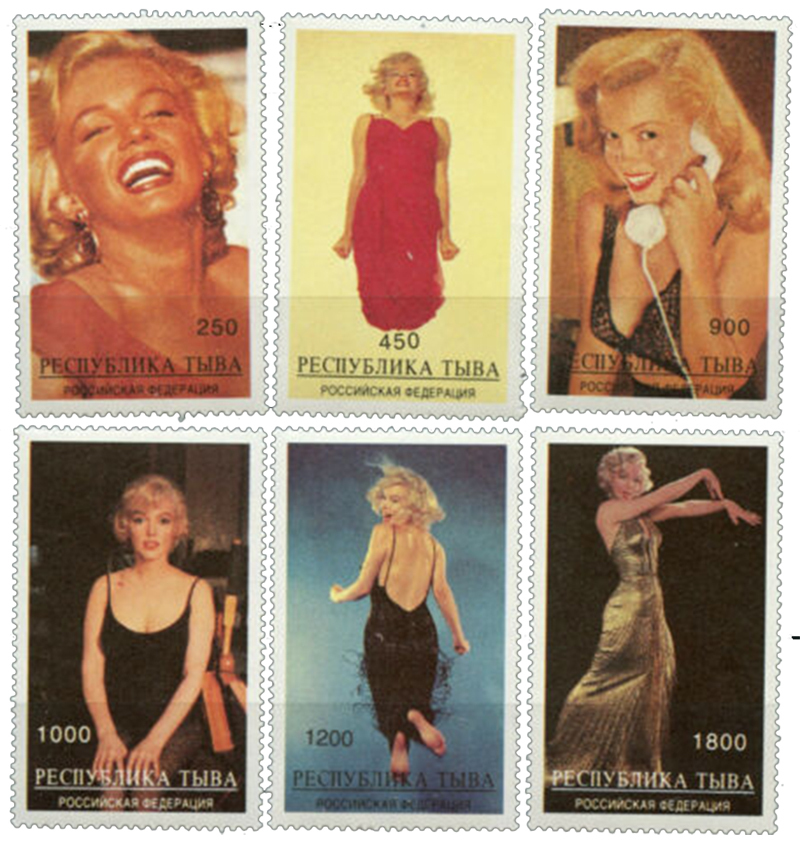
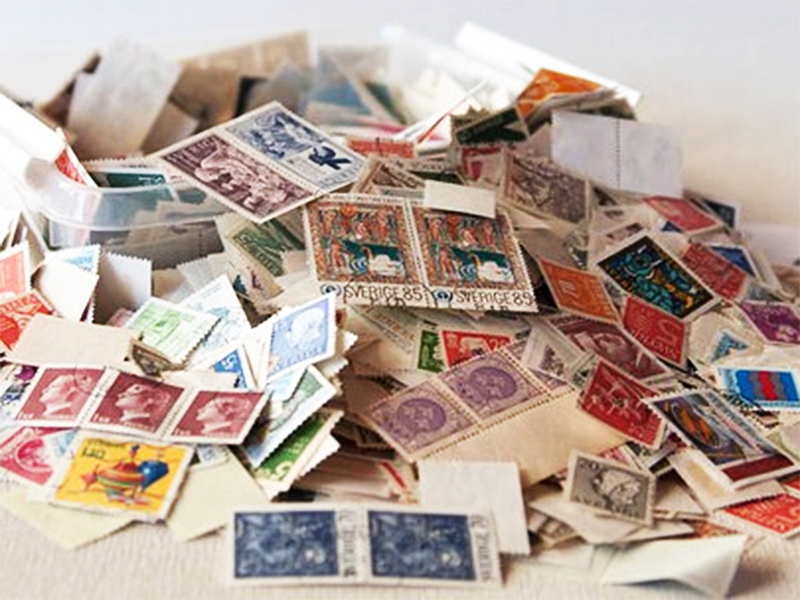
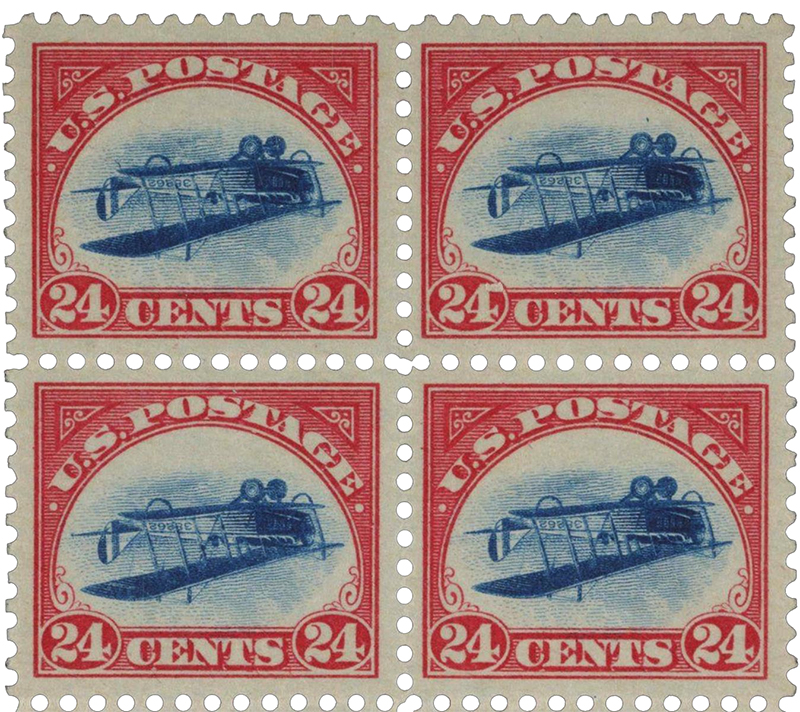
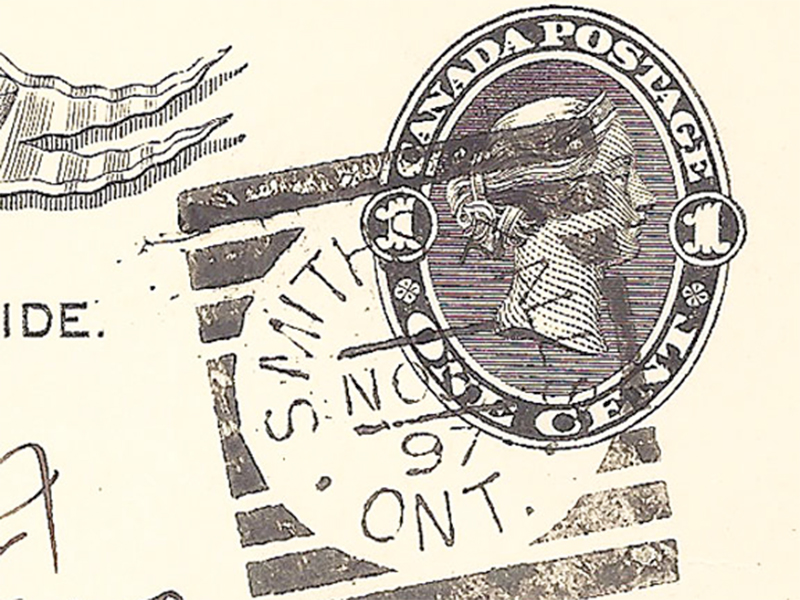
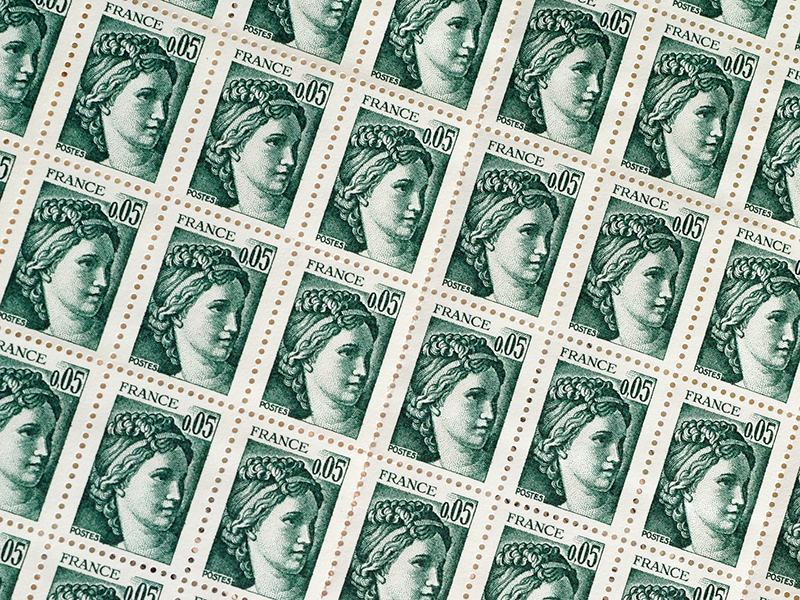
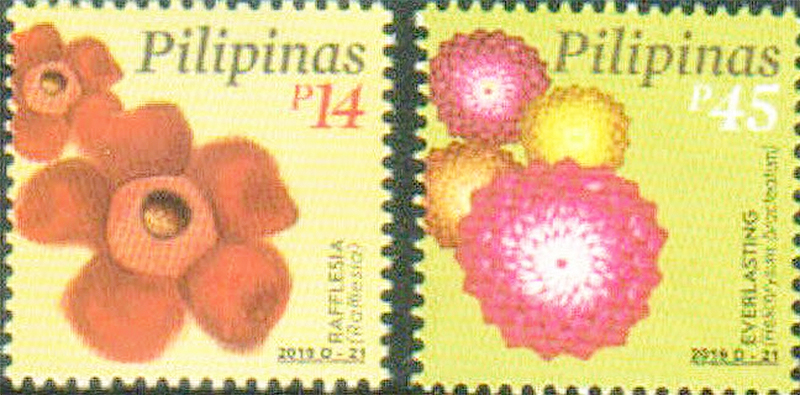



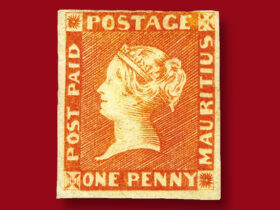
Leave a Reply